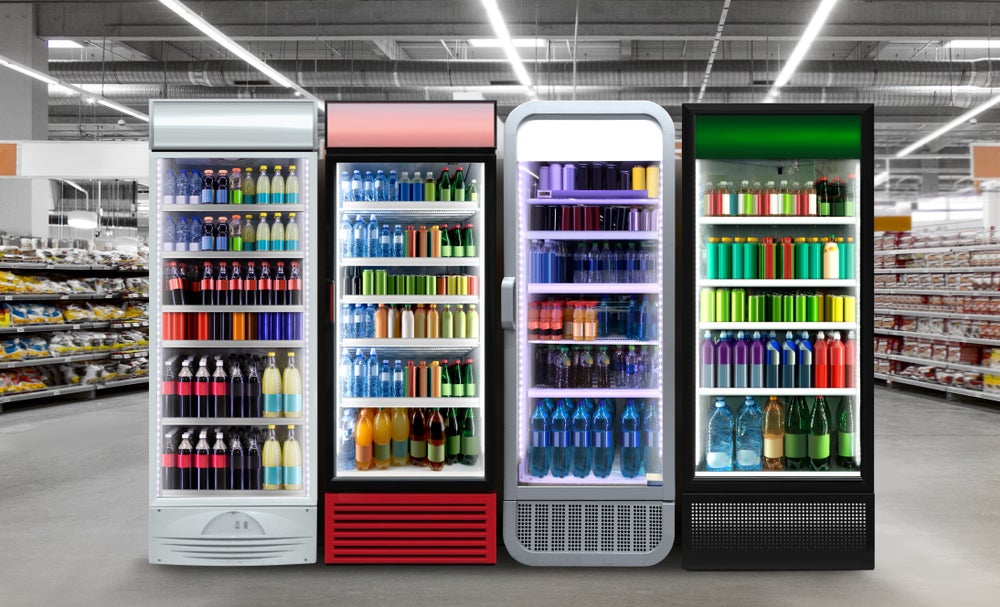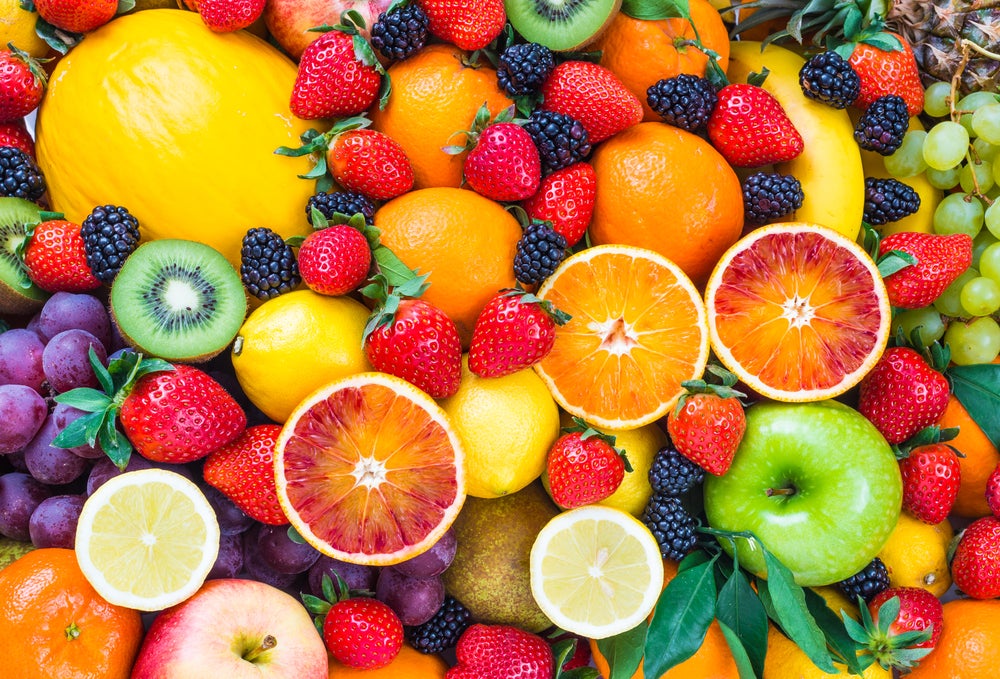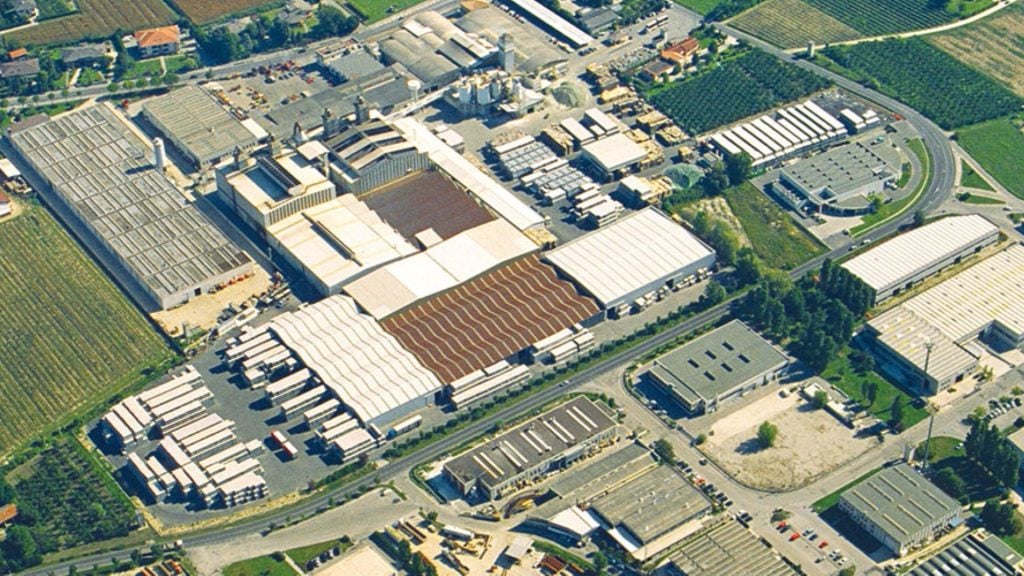
With a vast number of franchises and a high volume of sales, the fast food industry stands to gain a great deal from even small improvements in its packaging, whether the goal is to cut cost or to minimise the environmental impact of its business. While many of its customers might be feeling the pinch because of the economic downturn, some large brands in the sector feel that the right course of action is to keep innovation in packaging, as well as products, high on the agenda.
One of the brands sticking to its guns when it comes to packaging innovation is Burger King. Whether it is patenting new packaging designs such as the Frypod container or engaging in research in areas such as flexible packaging or innovative coatings, it clearly has a strategy designed to optimise its packaging portfolio.
"The recession is a time for innovation, but you also need to focus on fiscal responsibility. It is a time to incorporate new materials, new technology and new designs for the existing product line for cost efficiency, but there also needs to be a focus on the long term," says Deanna Dixon Sievers, packaging manager at Burger King.
"It is not our only approach to cost efficiency, but we have looked at packaging and packaging systems and how to save money for our franchises. Most of those changes are transparent to the customer," she adds. As with any company that has a long-term approach to its packaging strategy, cost-efficiency is not the only driver.
Sustainability is also of great significance, leading Burger King to look at the environmental performance of the whole range of packaging materials that it uses (see right). Nevertheless, efforts to improve sustainability cannot come at the expense of other priorities, such as the quality of customer experience. "Sustainability is important, but it must be part of overall packaging design. We look at product quality, consumer-friendliness, sustainability and cost.
See Also:
Balancing all of those issues is a complex task, and it very much depends on the area of the world in which we are operating and the item that we are working with. It is different when you are talking about a Whopper to when you are talking about a cold drink," remarks Sievers.
How well do you really know your competitors?
Access the most comprehensive Company Profiles on the market, powered by GlobalData. Save hours of research. Gain competitive edge.

Thank you!
Your download email will arrive shortly
Not ready to buy yet? Download a free sample
We are confident about the unique quality of our Company Profiles. However, we want you to make the most beneficial decision for your business, so we offer a free sample that you can download by submitting the below form
By GlobalDataThere is, however, scope to consider the role of flexible packaging in its outlets, to constantly reassess the qualities of plastics and paper in light of their environmental performance, and to look closely at the potential to use new materials such as bioplastics where appropriate.
"We are looking harder at how we choose plastics. The development of new technologies is enabling us to make wider choices in terms of materials. We don’t have a strategy to move from plastics to paper, but it may happen in the future. But then we already use far more paper than plastic in any case," says Sievers.
The choice of any new material will be governed by whether they still provide the qualities that consumers require from packaging – most importantly portability, given that the majority of Burger King sales are ‘to go’. That said, the company is keen to track innovations that could make a significant difference to the make-up of materials in its packaging matrix.
"We are always looking at new technologies to change the game. For instance, we have a group working on the recycling of cold cups, but there needs to be a new technology to enable it. In terms of sustainability influencing the choice of packaging materials, I’ve heard that packaging only accounts for 5-10% of a product’s total carbon footprint, so the priority is maintaining product quality and consumer usability first. That cannot be compromised."
Fast future
Burger King already has a number of innovations under its belt that achieve its aims in regard to sustainability, cost and consumer usability. Lightweighting, for instance, has been a key theme, and it already uses a high volume of recycled paper and plastic. The company was the first in the US to introduce recycled paper for kids’ cold cups and food bags. It has also made great efforts to reduce the basis weight of its carryout bags.
A more recent example is the introduction of the Frypod. This is a cylindrical container that enables better portion control – thus cutting down on product wastage – and which is made from 35% recycled paper. The result is a container that requires less energy and water in its production, and which has a significant impact on the overall carbon footprint of the product that it contains by reducing waste, given that the product – not the packaging – constitutes the greater part of carbon emissions across the whole supply chain.
Sievers believes that similar design principles can be applied to other forms of packaging used by Burger King. The choice of materials in its packaging, however, will be just as important as design considerations, and the company is eager to ensure that those choices are based on hard data rather than consumer perceptions.
"We do look at the environmental impact of our packaging and our products, and there is a big perception that there is a benefit from moving from plastics to paper, at least in consumers’ minds, but that is not necessarily what the science says," notes Sievers.
Flexibility comes first
One area in which materials are under scrutiny is the use of flexible packaging, for which there are numerous uses at Burger King. There is potential to improve the sustainable credentials of flexible packaging materials, but the technology must mature before major retailers will adopt it.
"Flexible packaging is important for our portion-control packaging, such as ketchup sachets, which consumers demand even if there is a pump dispenser available. It would be interesting to see how a compostable bag with the right barrier properties could be developed. But we believe that environmental responsibility can be done through design, not necessarily new materials," says Sievers.
Nevertheless, Burger King is keen to track developments in flexible materials and the underlying technology to ensure that when the right breakthrough is made the company can capitalise on it. "We are doing research about the use of flexible packaging in our restaurants, with a view to how we can increase sustainability. The initial data shows that the research project could lead to some significant action, but we need to be more thorough in analysing the data first," says Sievers.
"The property of materials is improving and there is some very interesting research going on into barrier properties of materials and coatings. There is a possibility that nano-technology could increase oxygen penetration rates, which could help with the sustainability of some plastics, and there are coatings that could make plastics more recyclable."
In the fast food sector, it seems that innovation is on the agenda as much as it ever was, and that despite the economic pressures their customers are facing, major brands such as Burger King are gearing themselves to address long-term issues such as sustainability as well as short-term priorities such as cost efficiency.
It remains to be seen what the impact will be for flexible materials and other elements of the packaging supply chain, but the change will surely come.







